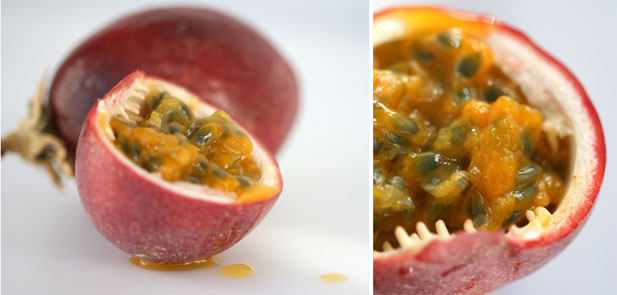Food storage tips: fruit
Prone to releasing | nectarines, pears, apples, tomatoes, kiwis, papayas & bananas
Sensitive to ethylene | carrots, apples, watermelon, green beans & brinjals
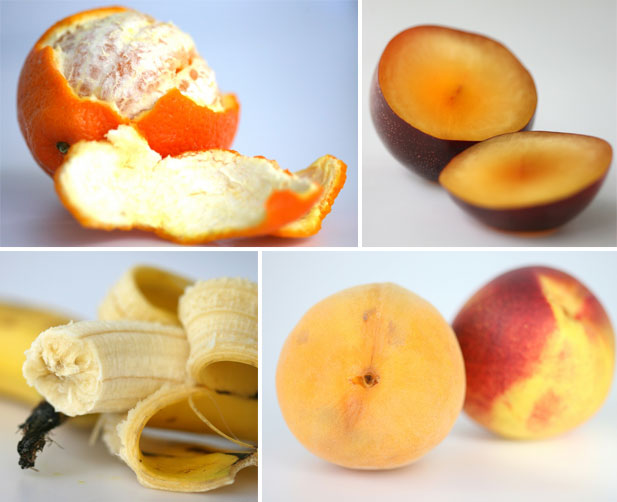 Here are some tips on how to store some of the most commonly kept southern hemisphere fruits and some additional ideas for using zest and making the most of our fruity friends.
Here are some tips on how to store some of the most commonly kept southern hemisphere fruits and some additional ideas for using zest and making the most of our fruity friends.
Apples
Make sure that apples are all firm and unblemished before storing, as damaged apples could infect the rest when coming into contact. Because apples are prone to releasing ethylene, they should be stored away from other fruit and vegetables.
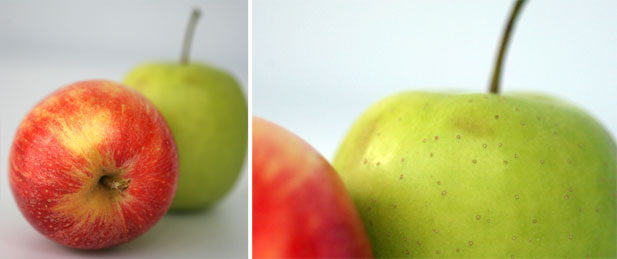 It is especially important to keep them away from carrots, as this gas gives carrots a bitter taste. The ethylene can however also come in handy – if you would like to speed the ripening of other fruits up, pop an apple in their vicinity for a day or two.
It is especially important to keep them away from carrots, as this gas gives carrots a bitter taste. The ethylene can however also come in handy – if you would like to speed the ripening of other fruits up, pop an apple in their vicinity for a day or two.
Store apples in a plastic bag, unsealed or with punched holes so that the apples can breathe, in the fridge’s vegetable drawer.
Pears
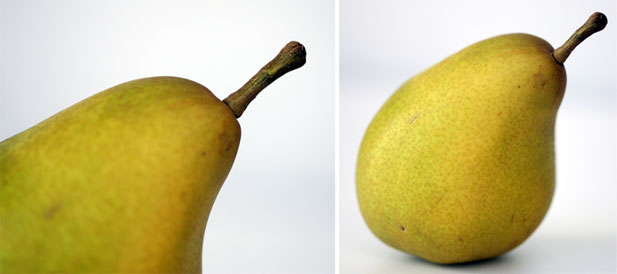 Pears will ripen 10 times faster at room temperature, so keep them outside of the refrigerator (or in a brown paper packet). Once soft enough, slow down the ripening process by storing them in the same way as apples in the refrigerator. Pears are prone to absorbing tastes and odours from other foods, so keep them separate.
Pears will ripen 10 times faster at room temperature, so keep them outside of the refrigerator (or in a brown paper packet). Once soft enough, slow down the ripening process by storing them in the same way as apples in the refrigerator. Pears are prone to absorbing tastes and odours from other foods, so keep them separate.
Apples and pears are prone to discolouring quickly after being sliced and a helpful trick for combating this is to sprinkle or dip in lemon juice (or a lemon juice and water solution) to slow down the browning process.
Bananas
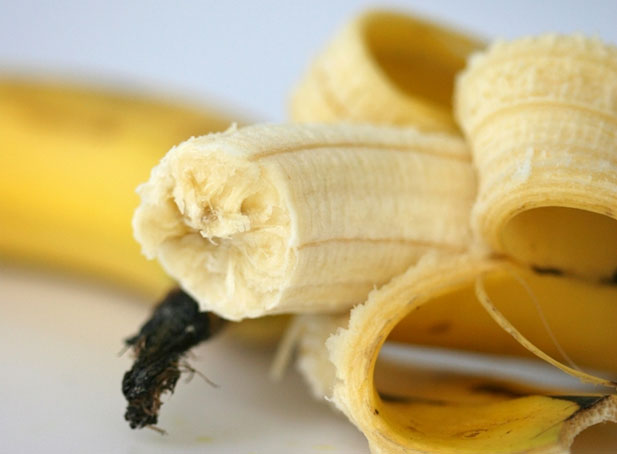 The fridge turns bananas black, so this is definitely not the place to store them. Place them in a fruit bowl on the kitchen counter and eat as soon as they are ripe. Should they ripen past their prime, you can freeze them for use in smoothies or baking.
The fridge turns bananas black, so this is definitely not the place to store them. Place them in a fruit bowl on the kitchen counter and eat as soon as they are ripe. Should they ripen past their prime, you can freeze them for use in smoothies or baking.
Citrus
This includes oranges, lemons, minneolas and naartjies. All citrus fruits will last for about a week on the kitchen counter at room temperature, but store them loose in your fridge’s vegetable drawer to make them last for about 2 to 3 weeks longer.
 The zest of citrus fruit can be frozen for use in cooking later. You could also place some zest in ice trays, top with freshly squeezed citrus juice and freeze – either use these citrus cubes in cooking or in cold drinks.
The zest of citrus fruit can be frozen for use in cooking later. You could also place some zest in ice trays, top with freshly squeezed citrus juice and freeze – either use these citrus cubes in cooking or in cold drinks.
Stone fruits
Stone fruits include nectarines, cling peaches, dessert peaches, plums, apricots, prunes, etc. Store these fruits in a paper bag at room temperature for a couple of days until ripe and then move to the fridge.
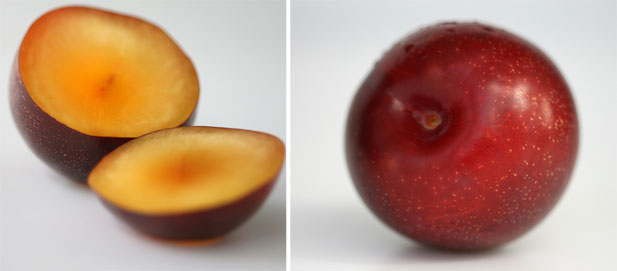 Note: nectarines, apricots and peaches can be frozen once ripe and used for baking at a later stage after thawing.
Note: nectarines, apricots and peaches can be frozen once ripe and used for baking at a later stage after thawing.
Berries
Berries are the most delicate of fruits, so take extra care not to bruise or damage them when handling (this will cause them to deteriorate faster). All berries are best stored in the fridge, uncovered. Don’t rinse them until right before you’re going to eat or use them, as the moisture will cause them to spoil very quickly or grow mould. For extra protection against molding, line the container that they’re in with paper toweling.
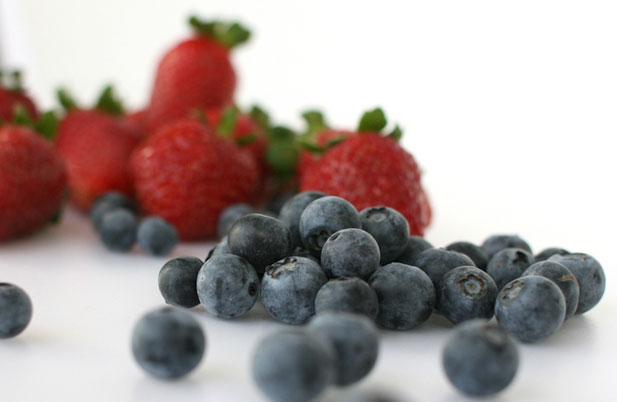 To freeze berries, wash them thoroughly, dry and freeze in a single layer (on a baking sheet if possible) until solid. Once solid, transfer them to plastic bags and place back in the freezer. This method ensures that they’ll still have their pretty shape when thawed.
To freeze berries, wash them thoroughly, dry and freeze in a single layer (on a baking sheet if possible) until solid. Once solid, transfer them to plastic bags and place back in the freezer. This method ensures that they’ll still have their pretty shape when thawed.
Granadillas
Store passion fruit in a cool, dark place where they will last for a few days or keep ripe fruit in the fridge for up to a week. Granadillas can also be frozen – just place the pulp in a suitable container, bowl or covered ice tray.

